Everyone has a favorite classic. It’s that title you find yourself quoting lines from, the volume you pluck off the shelves when you don’t have anything better to read, or need some comfort reading, and it’s the book you eventually bring up every single time there’s a book discussion, which invariably happens when readers meet. The Week asked some avid readers about their favorite work in English literature and rounded up some titles that we think you must read and reread.
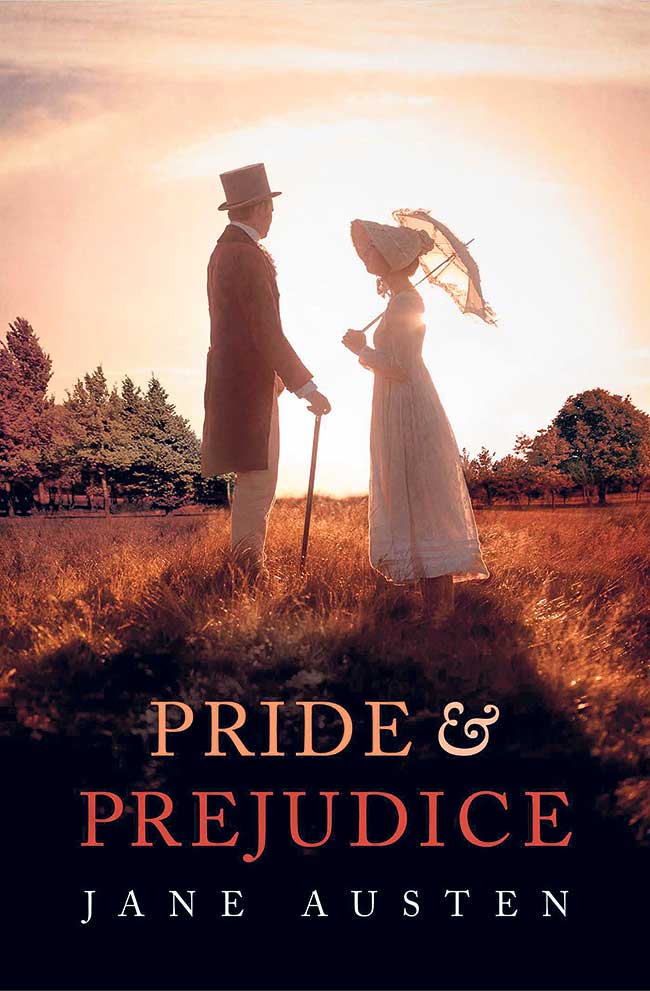 Pride and Prejudice by Jane Austen
Pride and Prejudice by Jane Austen
“It is a truth universally acknowledged that a single man in possession of a good fortune must be in want of a wife”—This is one of the most recognizable first lines of fiction. Pride and Prejudice remains one of the most enduring works of English literature, not because we find such rewarding pleasure in watching sparks fly between Elizabeth Bennet and Mr. Darcy, though that’s certainly reason enough, but Austen candidly captures the human character with all of its beauties and its imperfections. Pride and Prejudice is a novel about overcoming differences of cast and class, about learning to laugh at life even when it’s grossly unfair, and about recognizing that loving someone often means accepting them in spite of rather than because of who they are.
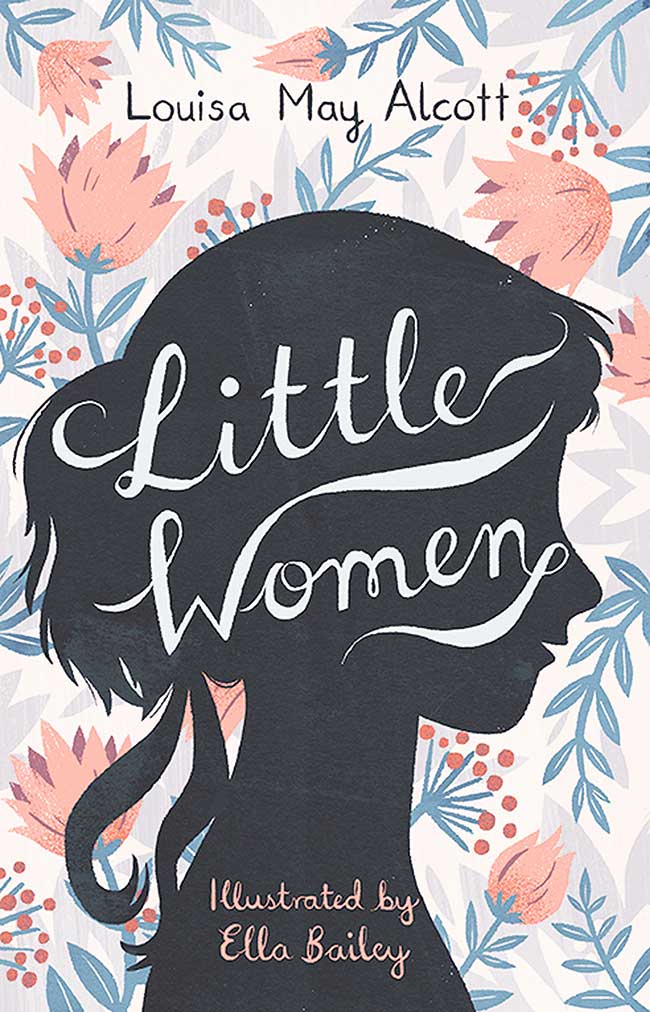 Little Women by Louisa May Alcott
Little Women by Louisa May Alcott
Many of us have read this as a part of our school curriculum. But this richly written novel with a cast of memorable characters that invites us into the warm, comfortable home of a 19th-century American family calls for a reread every now and then because everyone can find a character trait that resonates with them, whether it is Jo’s temper, Meg’s vanity, Amy’s mischievousness, or Beth’s shyness. The novel is a coming-of-age story that follows four sisters, the March girls, from girlhood to womanhood in Civil War America. Together they learn about the harsh realities of poverty, illness, and death, and how to dream, love, and laugh through it all. This is a heartwarming, timeless classic about the importance of family and the simple comfort of never being alone.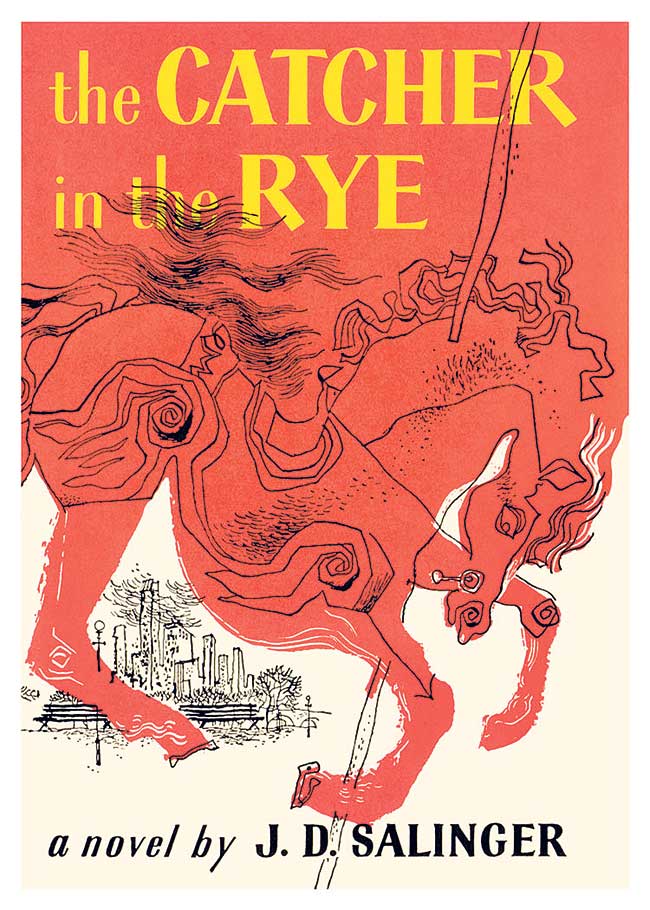
The Catcher in the Rye by J.D. Salinger
Disaffected teenage narrator Holden Caulfield, who is thrown out of prep school, surrounded by “phonies”, has touched millions of readers till date. For decades, almost every book about alienated adolescents was invariably compared to The Catcher in the Rye, but none has matched the original. Salinger had his finger on the pulse of a generation in a way that few writers can match, and he broke the tradition by writing in a colloquial voice, which had everyone wanting to talk like Holden. If you are a book collector (read hoarder), you can even pick a book with an interesting cover, as the redesigns are simply gorgeous. Reading this book will take you back to your teenage years and, with work and tons of other responsibilities as you grow up, that might not be a bad idea at all.
Reading goals

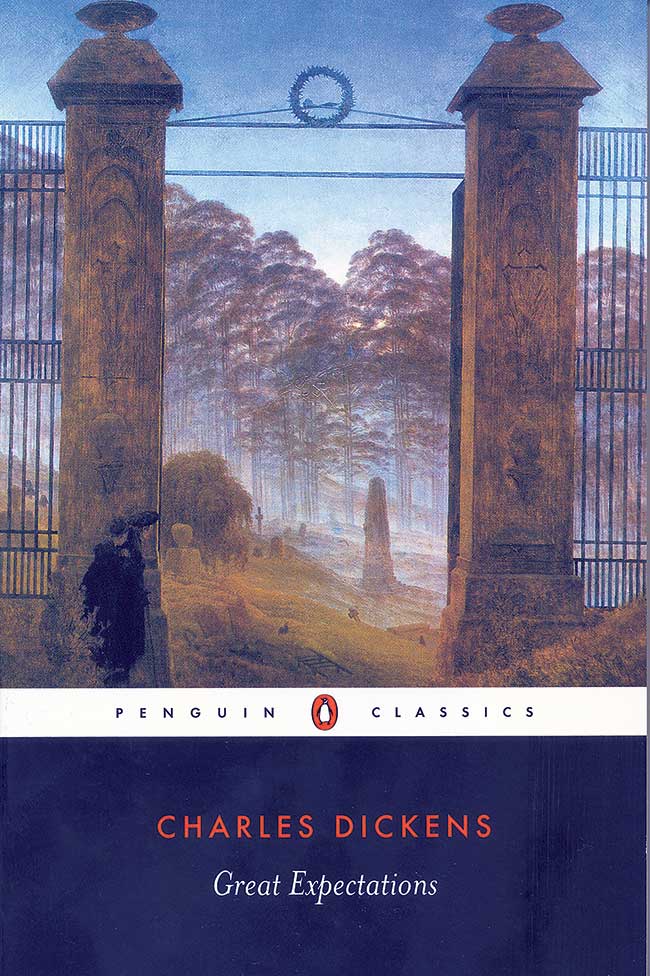 Great Expectations by Charles Dickens
Great Expectations by Charles Dickens
You might have once been assigned the tale of Pip, the ambitious orphan, in school. But we promise Great Expectations is more entertaining to read as an adult, because the humor that sailed over your head when you were young will be evident now. And the good thing is that you don’t need to write a paper about it anymore so you can just enjoy the story. Dickens, in his time, was as famous as a rock star because his novels were written as page-turners, with whip-smart observations about ambition and human nature. This gripping tale of crime and guilt, revenge and reward might as well be Dicken’s best work and for that deserves to be read at least once, if not a few times more. Some might argue that Dickens’ greatest novel is Bleak House though it might not be as famous as Oliver Twist and Great Expectations. He crammed in everything he knew about Victorian London, and reading the result is the next best thing to time travel. So from Great Expectations, you can also move on to Bleak House.
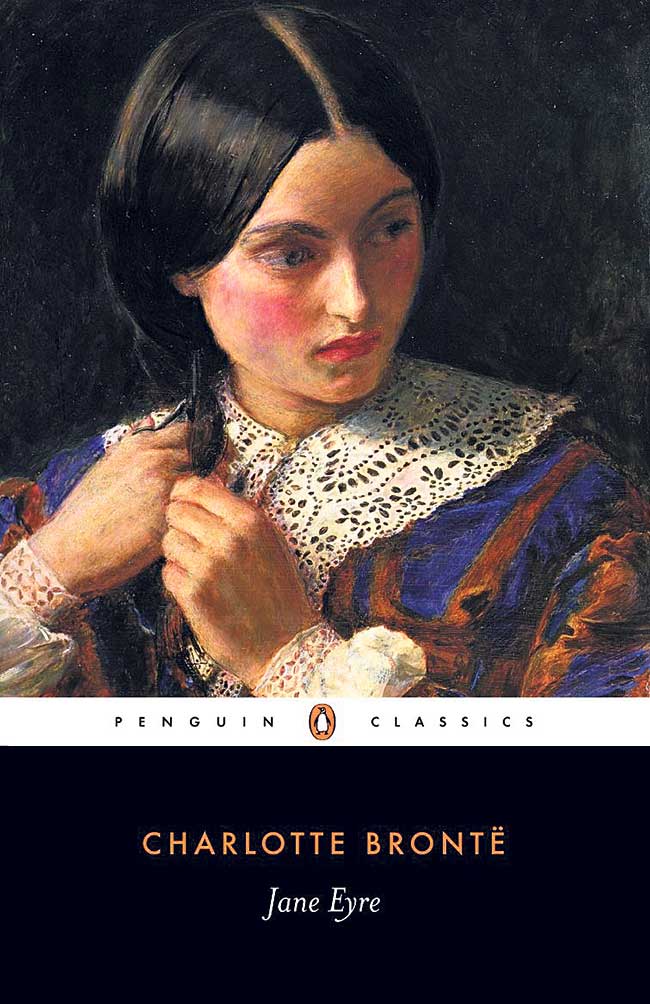 Jane Eyre by Charlotte Bronte
Jane Eyre by Charlotte Bronte
Bronte’s classic novel tells the tale of a young girl’s struggle to make something of herself in the world, from the tyranny she endures as a poor orphan under her Aunt’s roof and the deplorable conditions she lives in at Lowood school to the dark secrets she encounters in her role as Governess at Thornfield Hall, the home of the enigmatic and alluring Mr. Rochester. Strong-willed and resilient, Jane longs for the independence that Victorian England denied women, and her story stands as a timeless example of a woman’s determination to choose her own path in life in the face of hardship and ridicule.
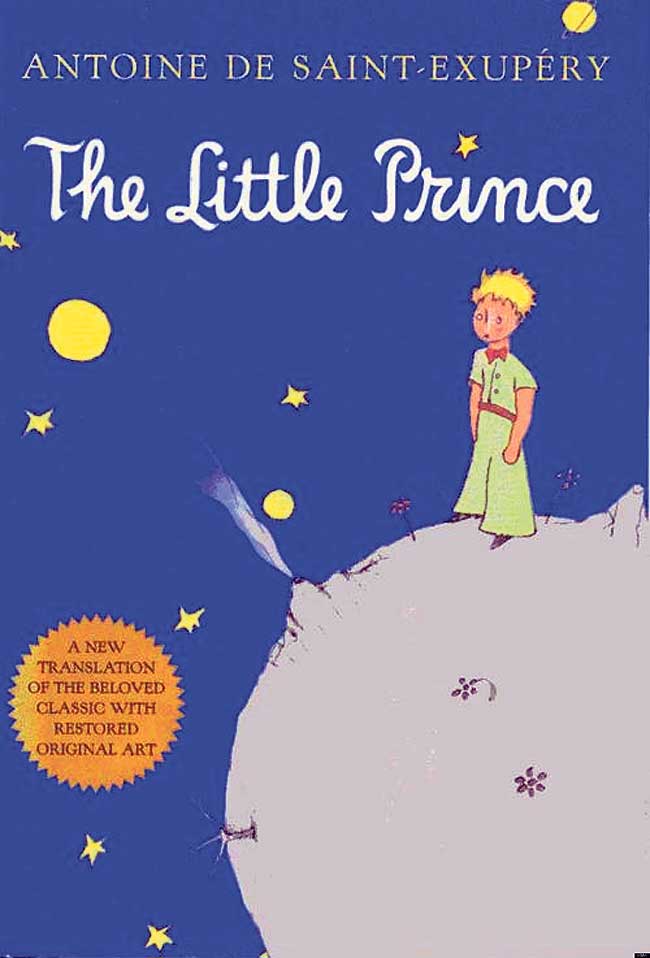 The Little Prince by Antoine De Saint-Exupéry
The Little Prince by Antoine De Saint-Exupéry
The most-translated book in the French Language, The Little Prince is the story of a little boy who falls to Earth from an Asteroid after visiting several other asteroids to try to understand mankind. In his travels he meets a series of strange and delightful characters, including a king with no subjects, a drunkard who drinks to forget about the shame of being a drunkard, and an untamed fox. The Little Prince is an allegory about the foolishness of man and man’s tendency toward self-destruction through violence, as well as a heartwarming tale of the transformative power of friendship and trust. The illustrations in the book make it a delightful weekend afternoon-in-the-sun read.
Good Reads
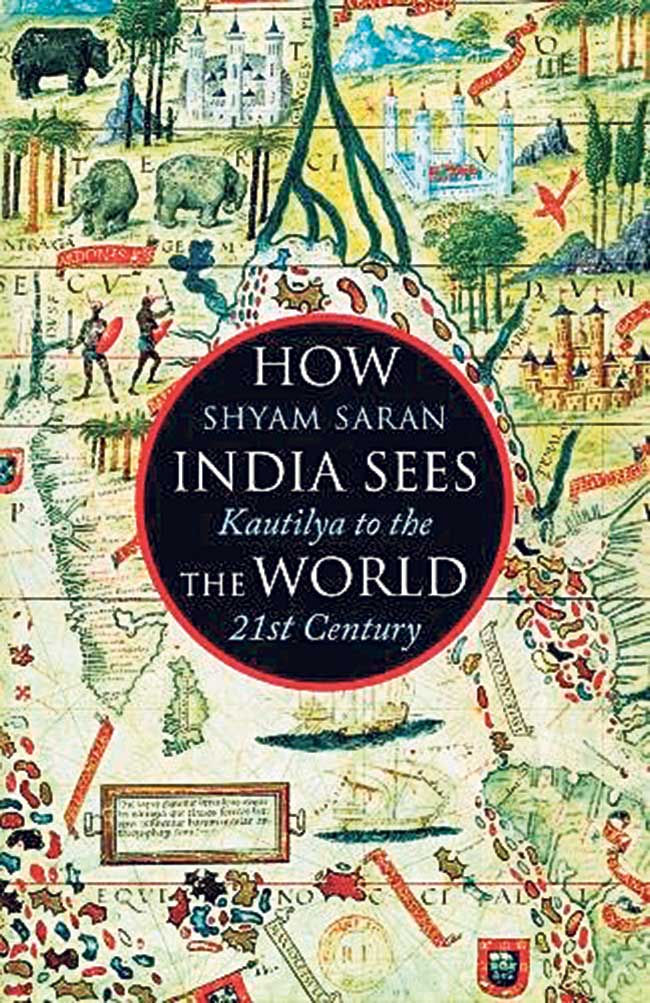 How India Sees the World by Shyam Saran, Price: Rs 958
How India Sees the World by Shyam Saran, Price: Rs 958
Former India Foreign Secretary Shyam Saran has had a ringside view of the most critical events and shifts in Indian foreign policy in the new millennium. Here, Saran shows the historical sources of India’s worldview. He looks at India’s neighborhood and the changing wider world through this lens and arrives at fascinating conclusions – the claims that the world is hurtling towards Chinese unipolarity are overblown; international borders are becoming irrelevant as climate change and cyber terror bypass them; and India shouldn’t hold its breath for a resolution to its border disputes with China and Pakistan in the foreseeable future. He takes readers behind the closed doors of the most nail-biting negotiations and top-level interactions – from Barack Obama popping by a tense developing country strategy meeting at the Copenhagen climate change summit to the private celebratory dinner thrown by then US President George W. Bush for then Prime Minister Manmohan Singh on the success of the nuclear deal.
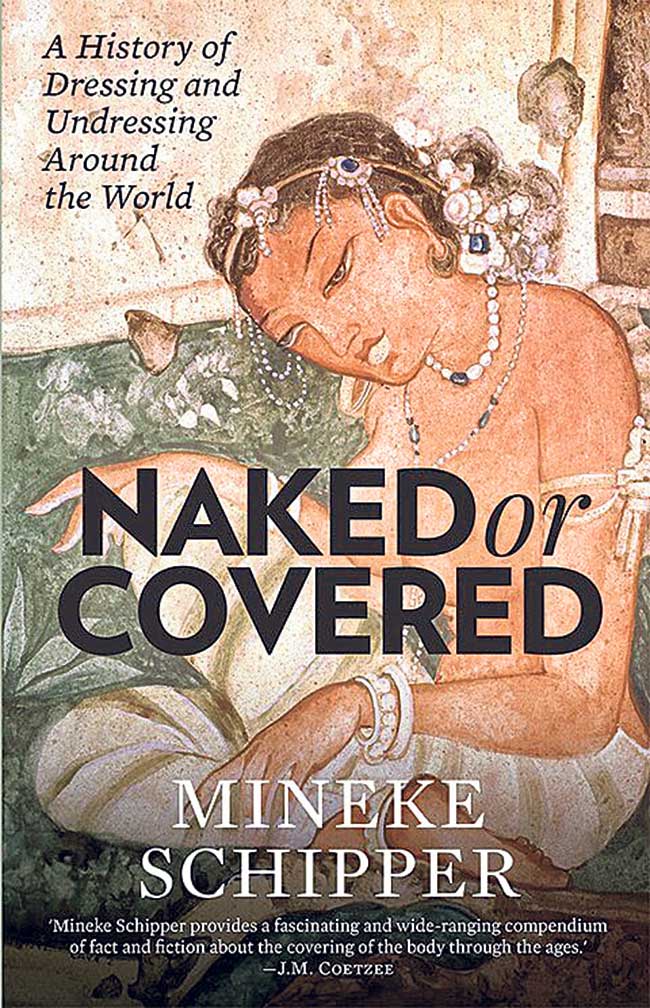 Naked or Covered by Mineke Schipper, Price: Rs 798
Naked or Covered by Mineke Schipper, Price: Rs 798
An African tribesman merely needs to wrap a simple string around the hips and tuck his genitalia out of sight to be correctly dressed while a devout woman is considered naked in many cultures if her head remains uncovered. Throughout history, different cultures and religions have developed codes to control unruly nakedness, giving rise to a variety of ideas of what it means to be dressed. Now, we are confronted by a variety of perspectives on dress: not just what to wear, but who wears it, why and how. Advertisers routinely fall back on the female nude to sell anything from cars to perfume. Violent protests take place against the idea of nakedness, yet nakedness is used as a form of protest; and contemporary interpretations of religious or cultural edicts are met with bafflement, bigotry or outright bans. Using an engaging mixture of anecdote and historical interpretation, Naked or Covered brilliantly dissects our contradictory attitudes to bodily exposure and concealment through time and across cultures.
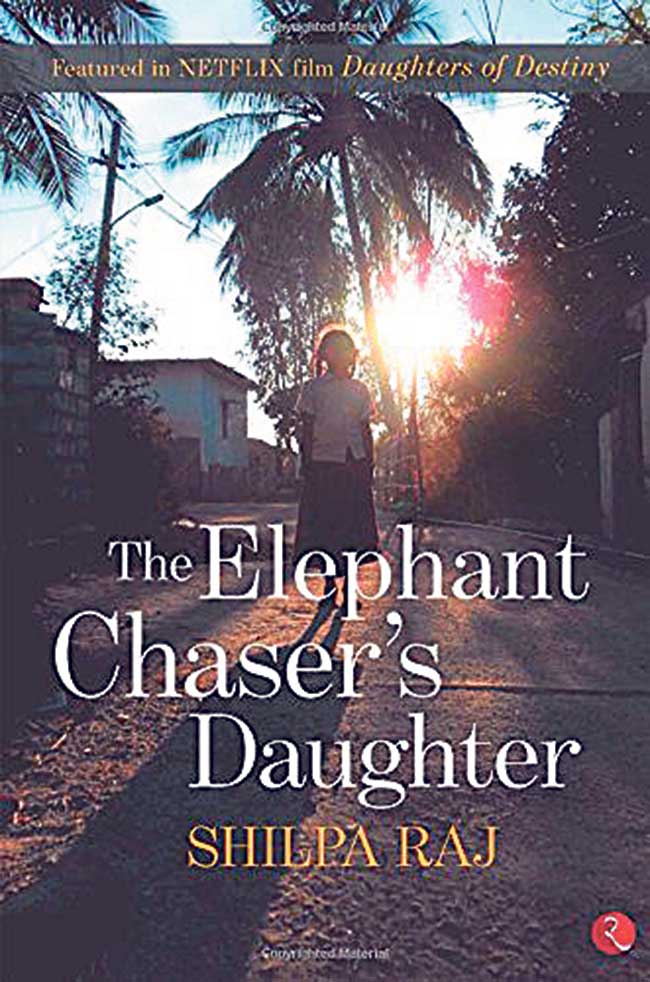 The Elephants Chaser’s Daughter by Shilpa Raj, Price: Rs 472
The Elephants Chaser’s Daughter by Shilpa Raj, Price: Rs 472
Saved by her grandmother from being killed at birth for having been born a female, Shilpa’s life took many unexpected turns and twists through her early years. She faced abandonment by her mother, the formidable constraints placed on her by her family, and the barbs of village elders bound by hundreds of years of oppressive practices and customs that subjugate women. Shilpa is torn between the contrasting lives she leads: one of servitude and injustice experienced by her family; the other of opportunity and empowerment offered by a good education in a school started by a philanthropist. Just when all seems settled, an unforeseen death under mysterious circumstances shatters whatever stability remains in her life. Pulled in opposite directions, and torn between despair and dreams, Shilpa finally makes a choice for her future. Is she strong enough to stand up to the people she loves, and pursue what she wants? At its heart The Elephant Chaser’s Daughter is about hope, when all seems lost.
































